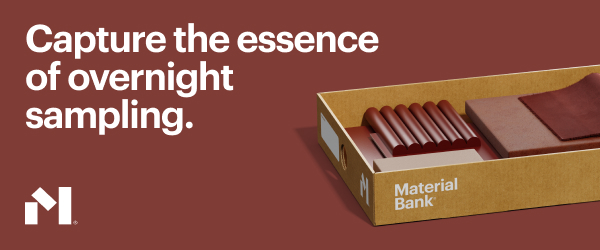Hotel Maurice
STGM transformed the historic Manoir Price in Quebec City into Hotel Maurice, blending Art Deco elegance with Prohibition-era warmth, featuring innovative design solutions and a sophisticated Roaring Twenties-inspired aesthetic.
Built between 1901 and 1903, the Manoir Price has left its mark on Quebec’s history with its multiple roles: residence of Maurice Price, headquarters of the Union Nationale Party and the Renaissance Club, and later the famous nightclub Chez Maurice.
STGM has given a new life to this iconic location, transforming it into a boutique hotel. The design of Hotel Maurice is inspired by the Roaring Twenties, blending Art Deco elegance with the cozy ambiance of the Prohibition era. Among its treasures are a refined cigar bar and Le Charlotte, a hidden bar offering unique experiences.
Faced with several architectural and technical challenges, the team proposed innovative solutions to optimize spaces with sometimes low ceilings, emphasizing verticality through carefully chosen furniture and lighting. Each space was thoughtfully redesigned to turn these constraints into creative opportunities, incorporating custom layouts and functional fluidity in circulation. In homage to the building’s history, characteristic Art Deco aesthetic elements were integrated, while using modern materials and local products, particularly for furniture and lighting. These choices preserved authenticity while supporting the local economy.
Among the innovative and functional solutions, the design of a wine cellar-passage between the restaurant and the cigar bar acts as an aesthetic and practical barrier, reducing smoke propagation while offering a striking visual experience. Inspired by the Prohibition era, a speakeasy bar, accessible only by passing through the kitchen, offers a playful and immersive experience. This concept enhances the unique and memorable character of the establishment.
The layout of the spaces was designed to maximize their versatility and functionality. Thus, designed to adapt to different types of activities, the restaurant can host both formal meals and more casual events. The modular areas allow for flexibility that meets the changing needs of the clientele.
The aesthetics draw inspiration from the opulence of the Roaring Twenties, reinterpreting Art Deco codes to create a sophisticated and welcoming atmosphere, blending noble materials and refined textures. Marble, veined wood, and gold or brushed metals evoke the grandeur of the era, while reflective surfaces like mirrors, brass-finish showers and lacquers amplify the sense of luxury. Deep velvets, textured silks, and geometric patterns bring tactile warmth, enhanced by trimmings, fringes, and metallic inlays that highlight artisanal elegance. A sophisticated color palette – emerald, burgundy, black, and gold – balances mystery and refinement, softened by neutral tones and natural textures. Each space integrates into a harmonious vision where the past dialogues with contemporary aesthetics, creating an immersive and timeless atmosphere.
Visitors are invited to explore this homage to heritage and culture through spaces where modernity and tradition meet.
Design: STGM Architecture
Design Team: Simon-Pierre Fortier, Émerick Duquette, Elsa Vincent, Coralie Beaudoin, Anne-Sophie Beaumont Audet
Contractor: L2 Construction
Photography: Maxime Brouillet






















Now editing content for LinkedIn.